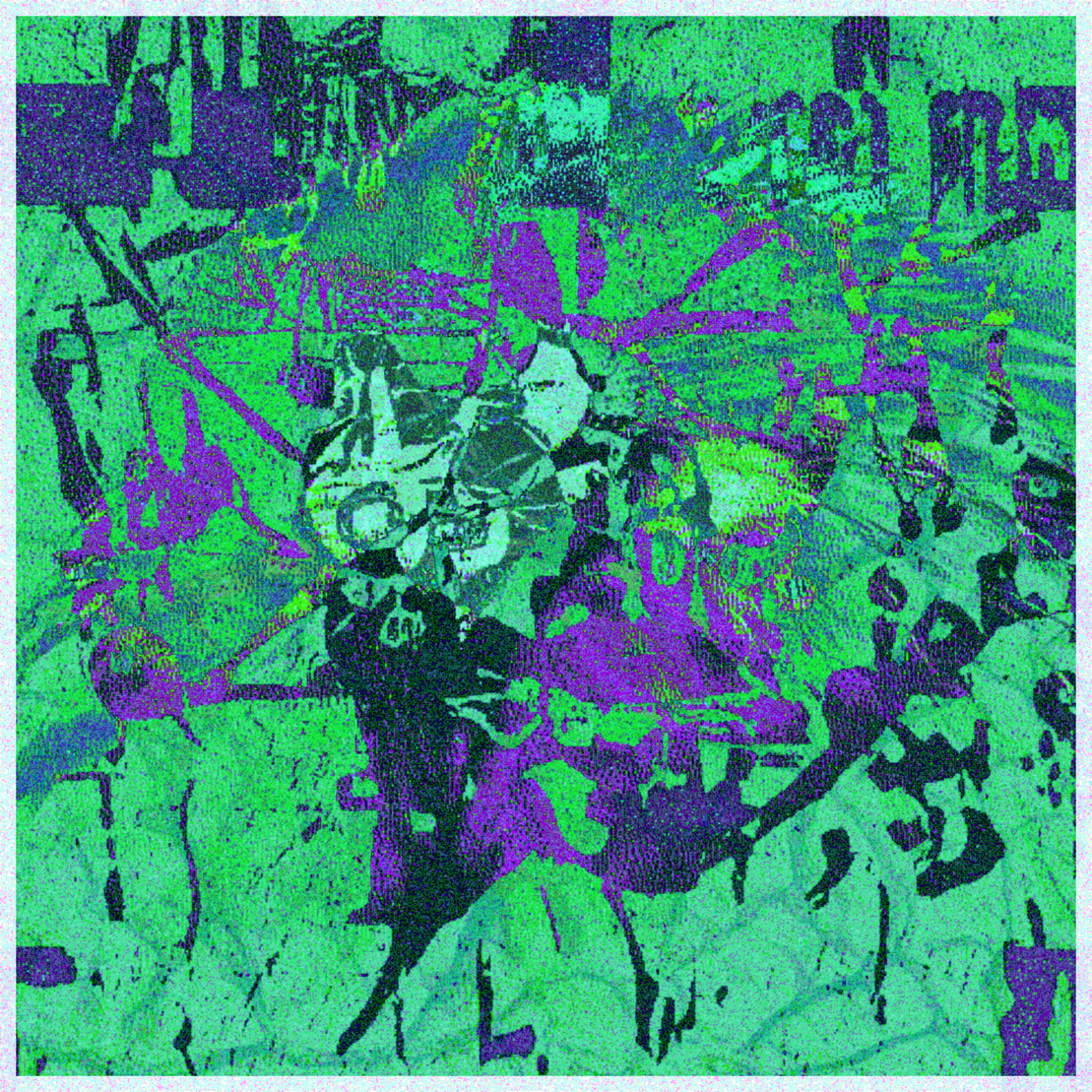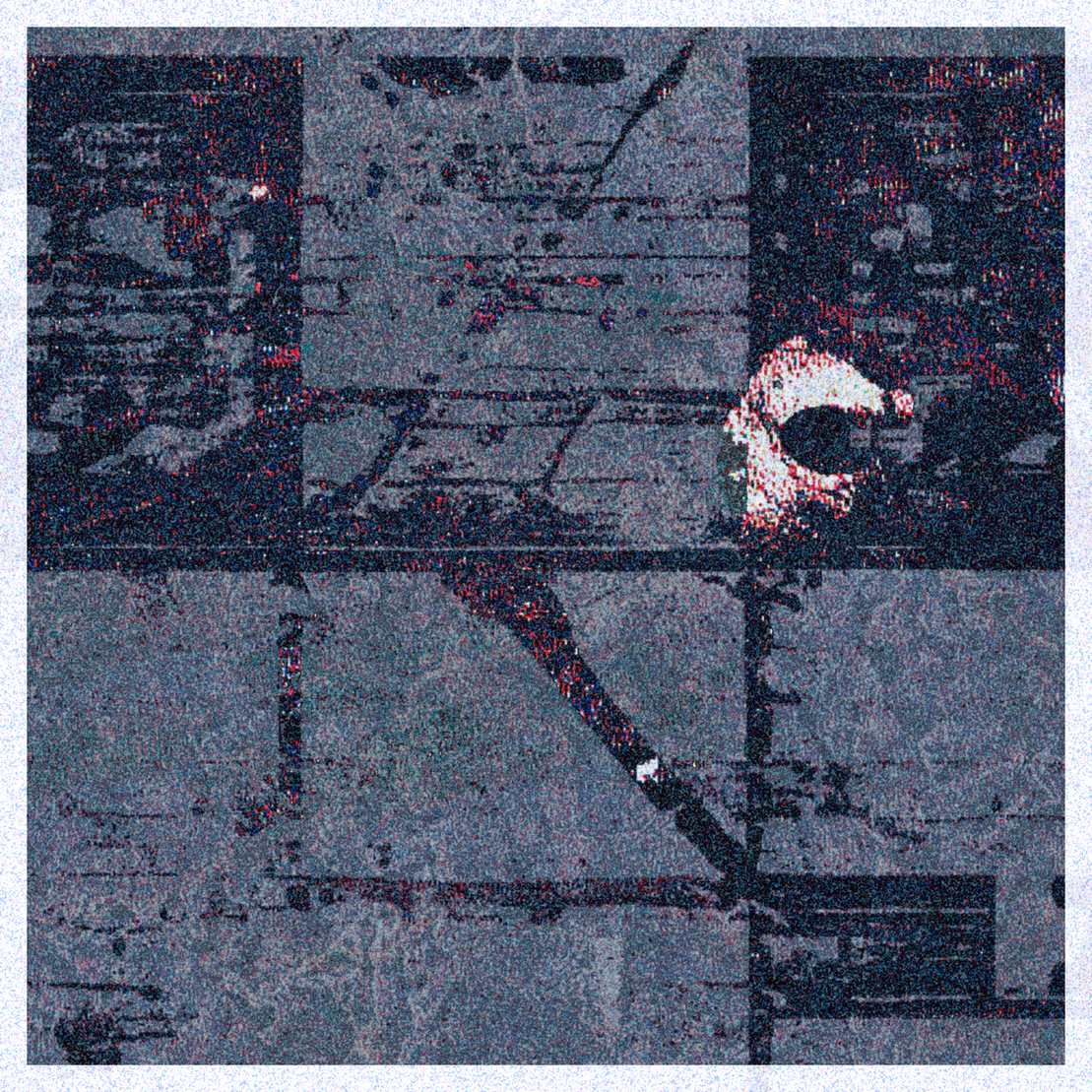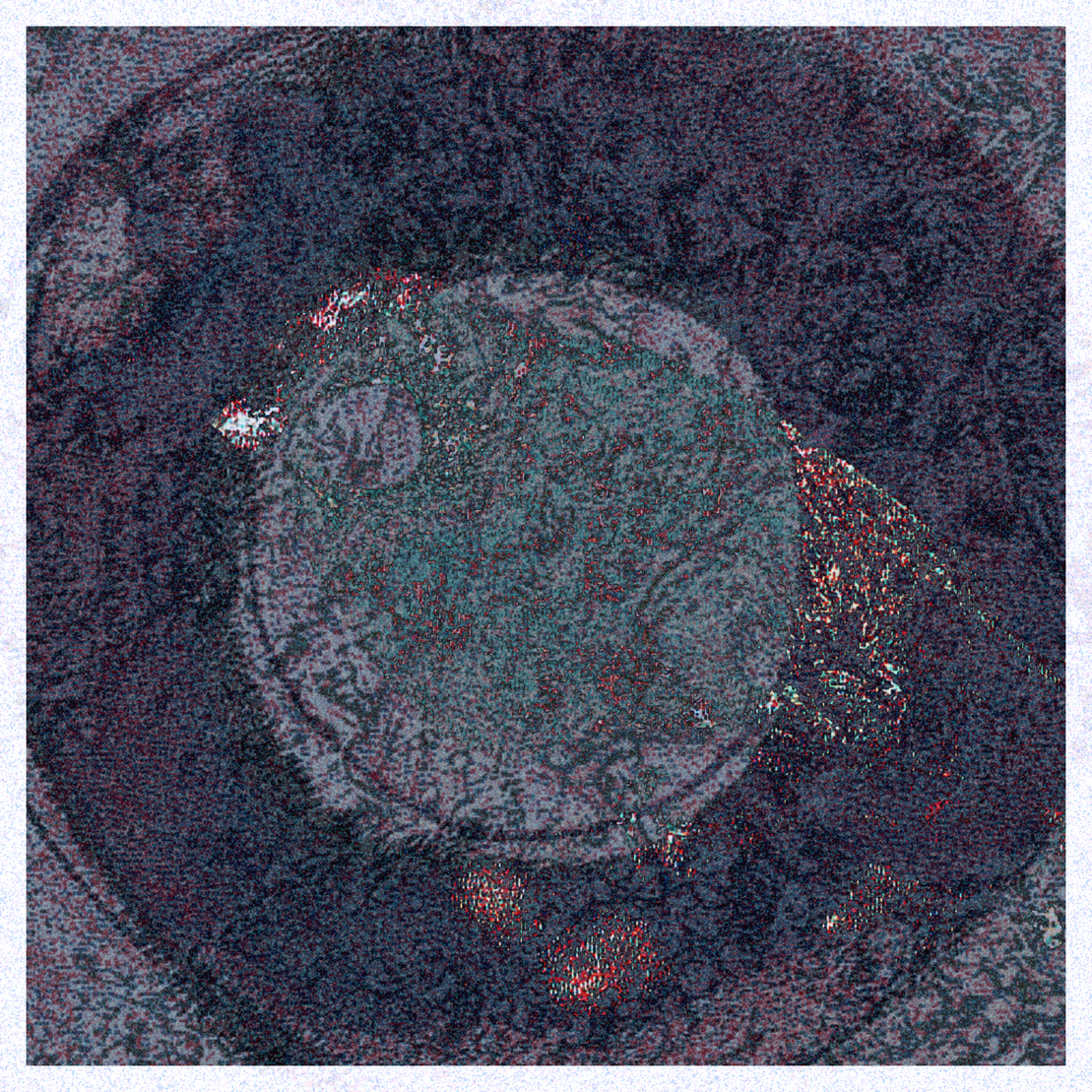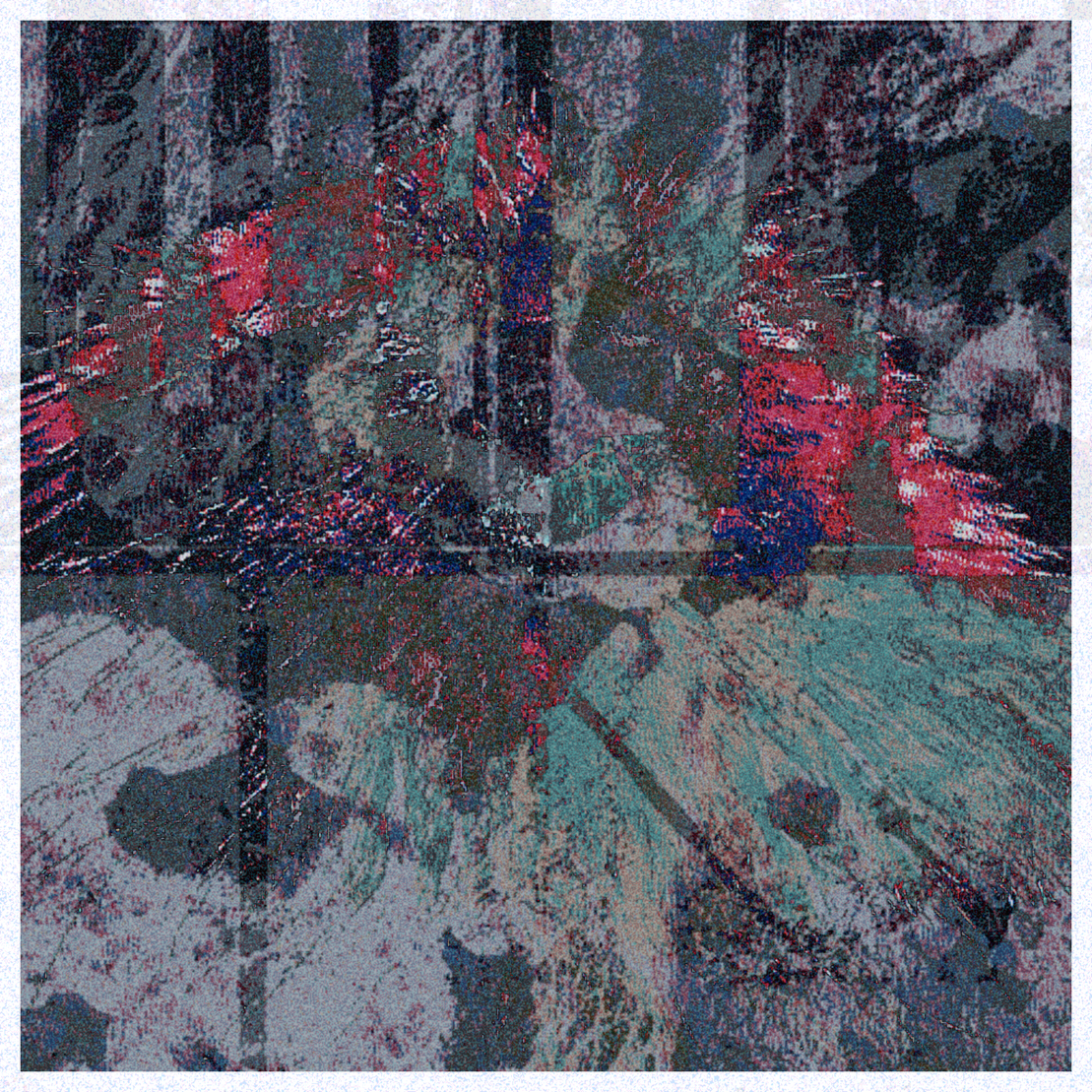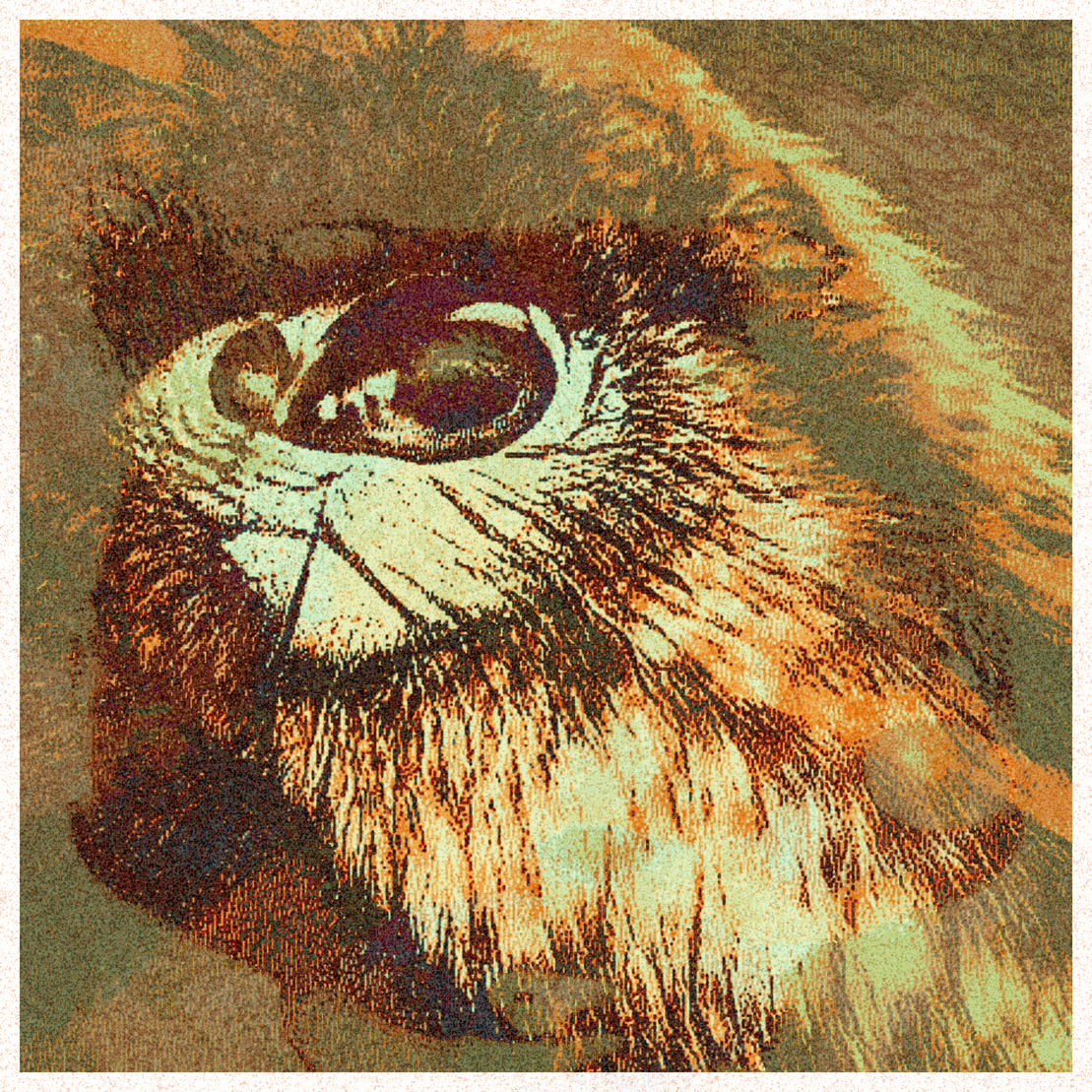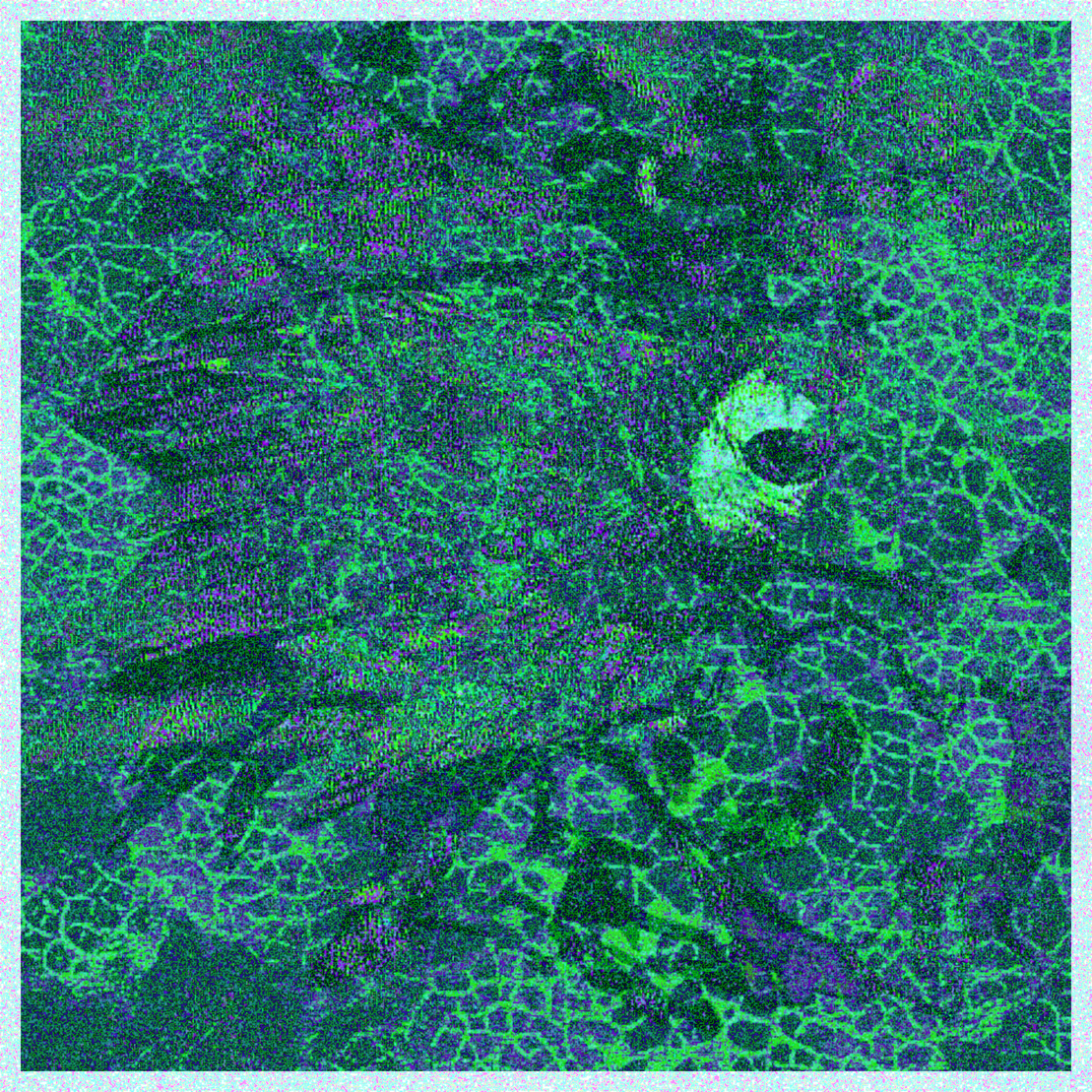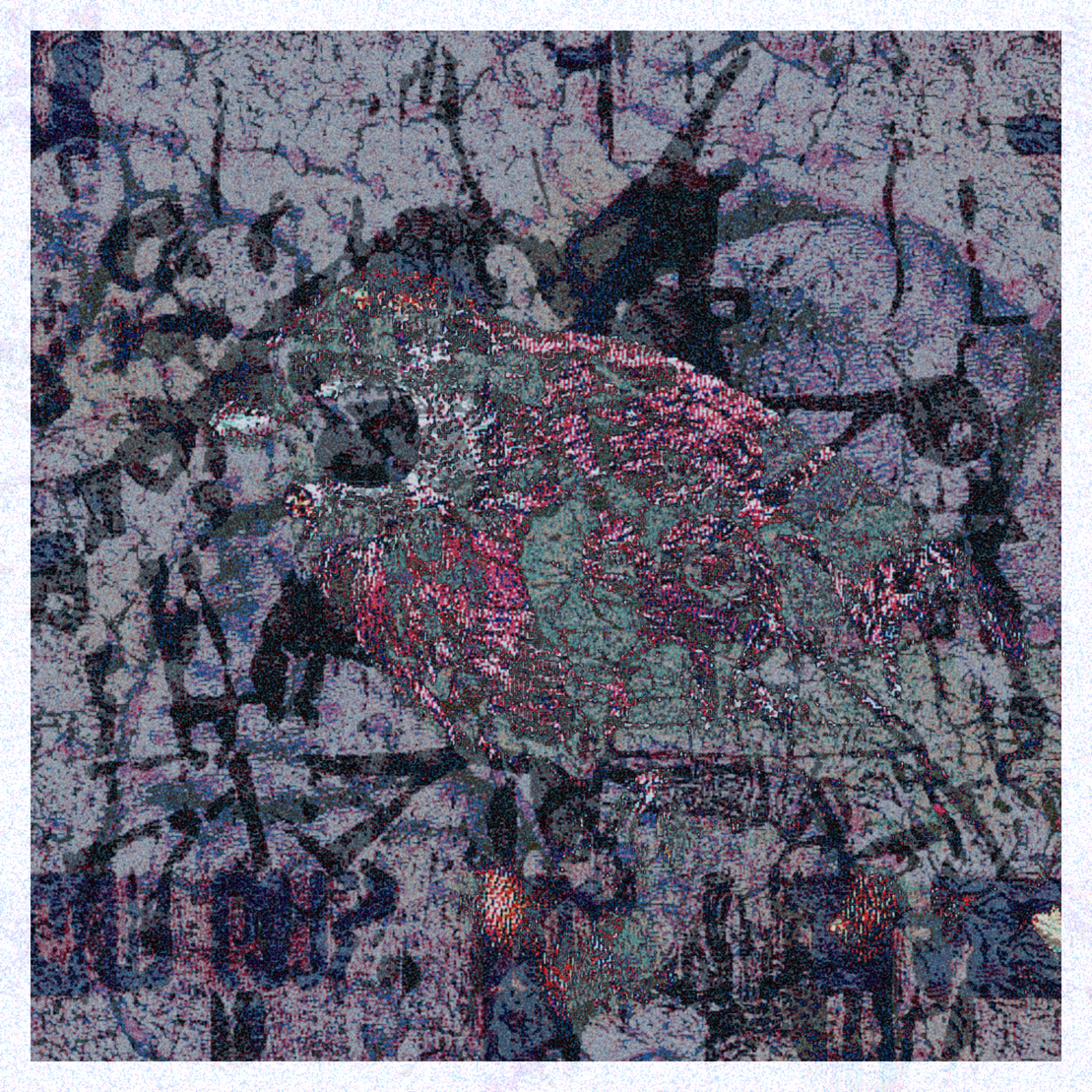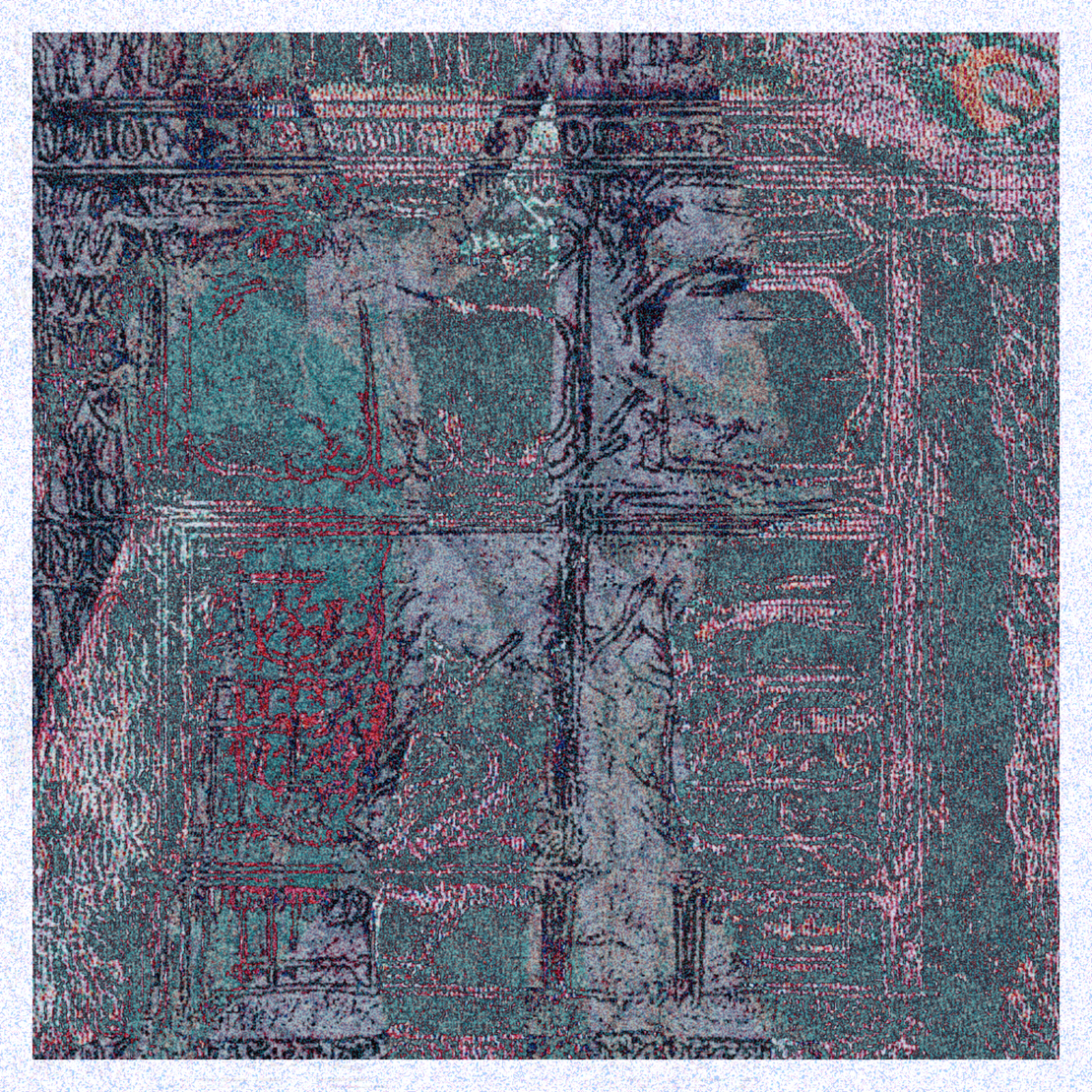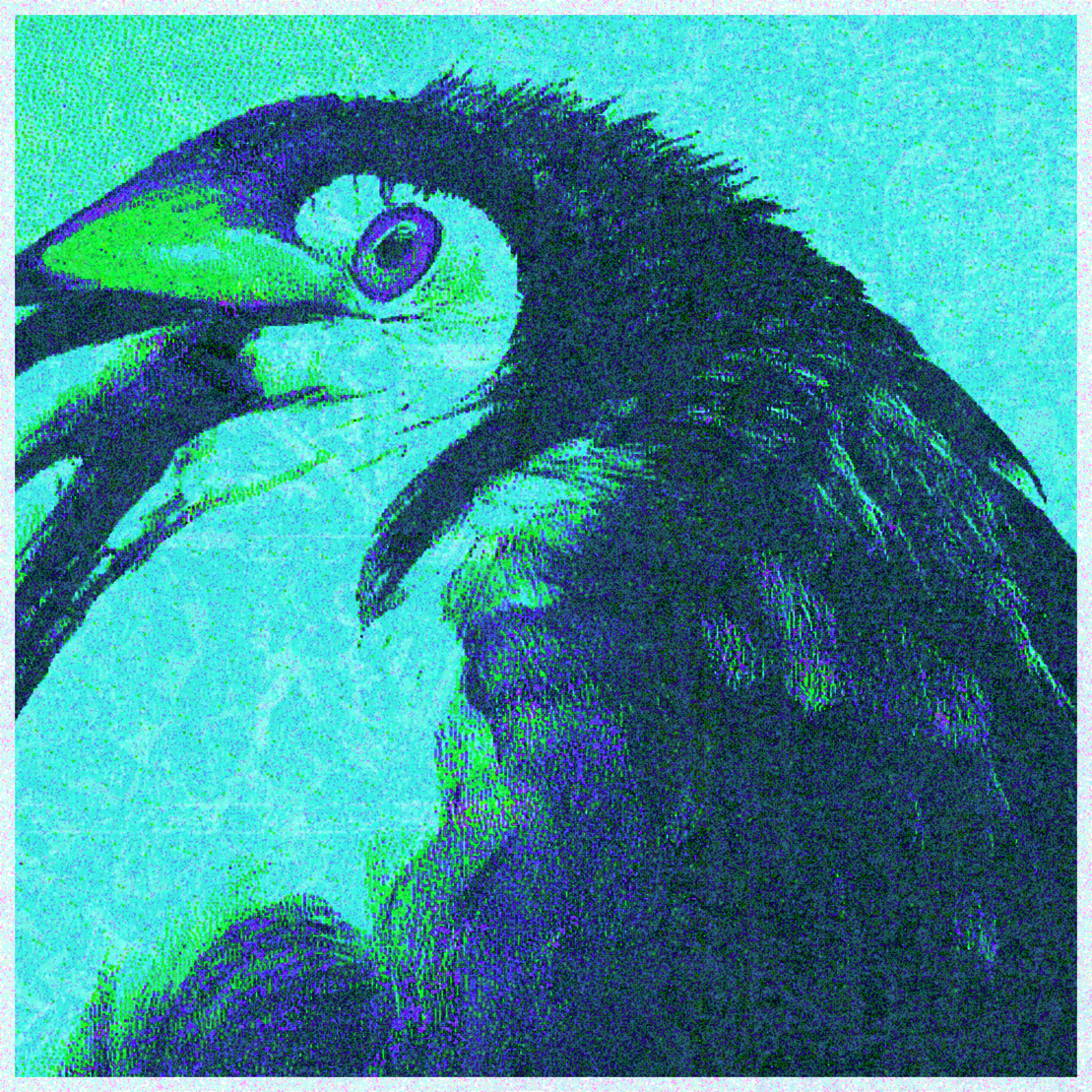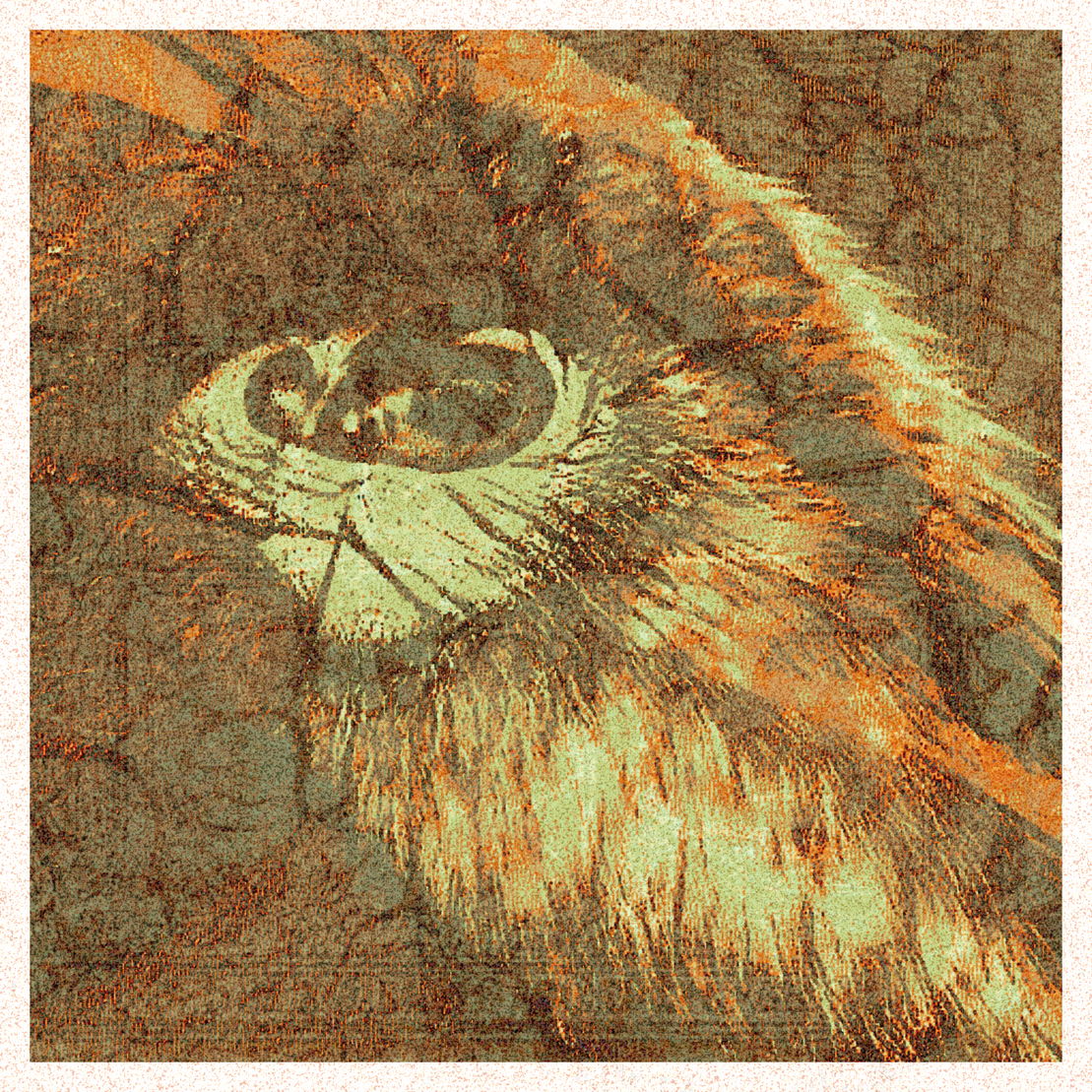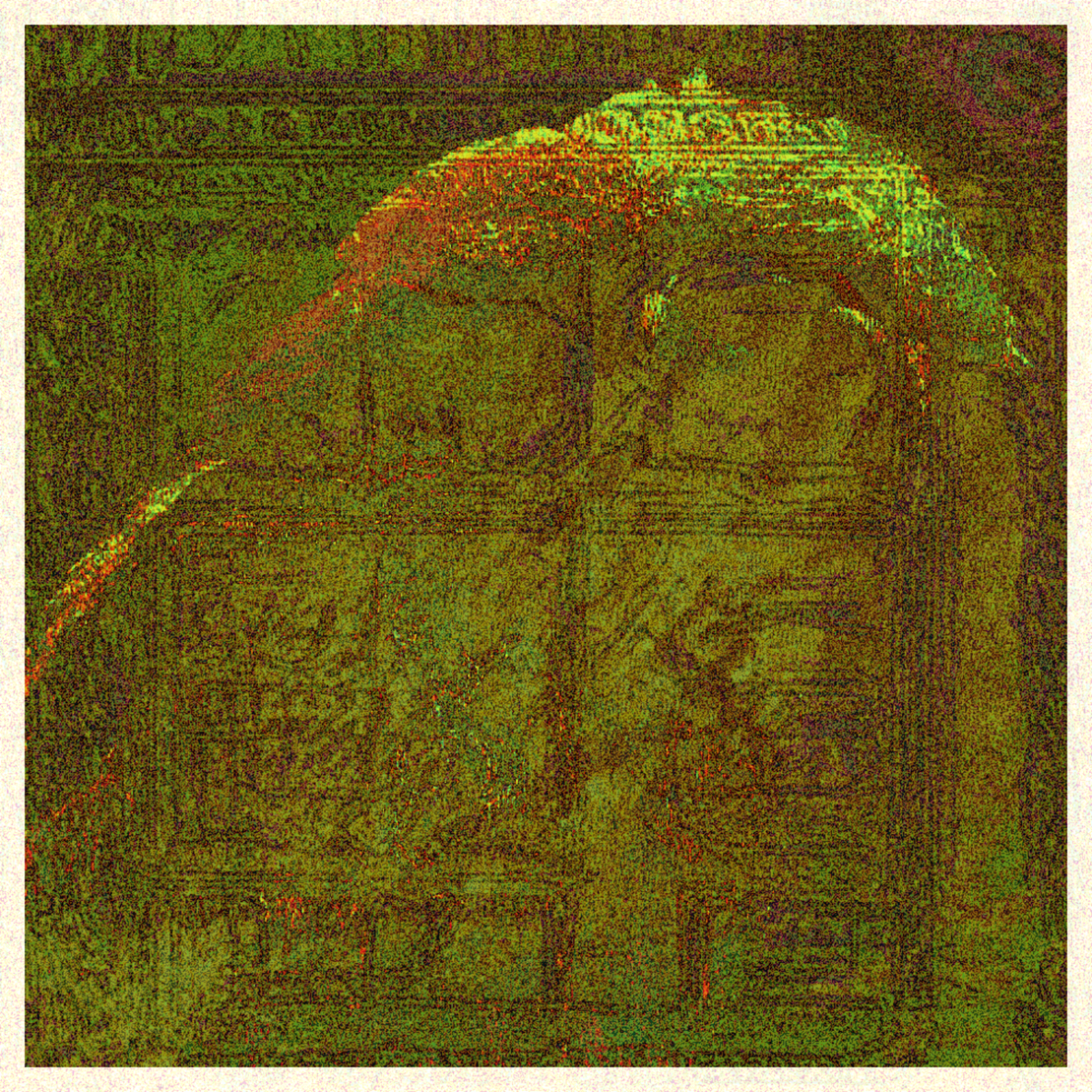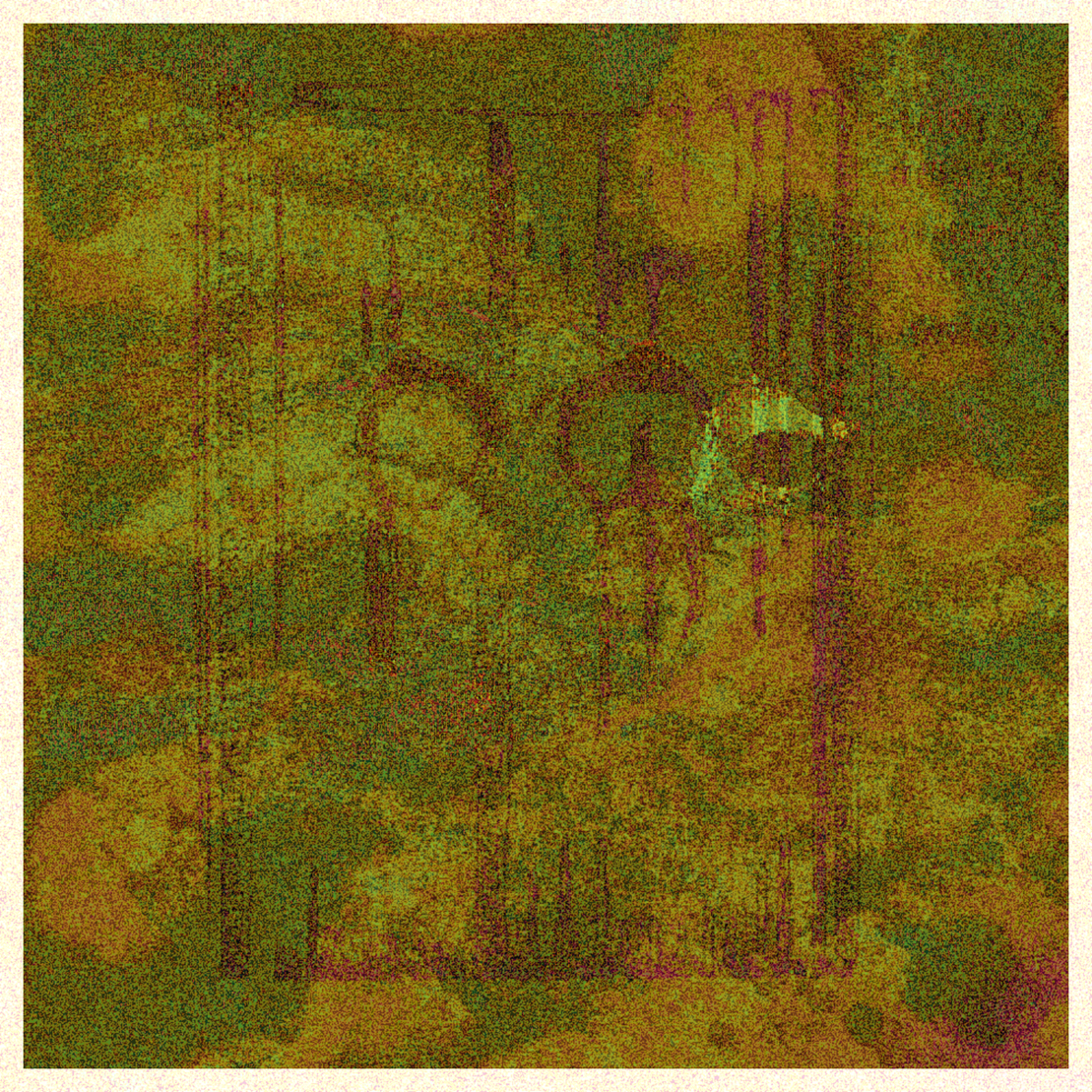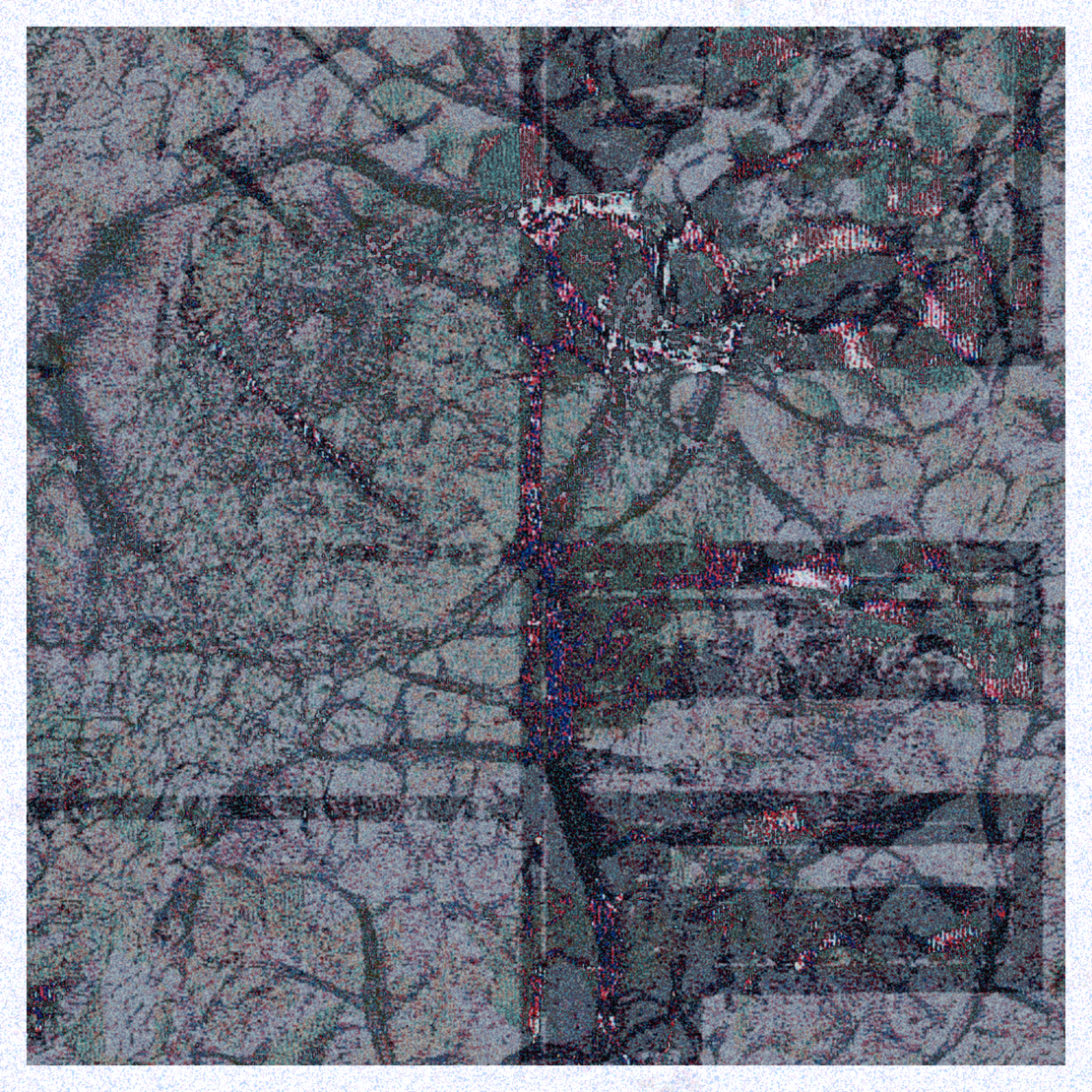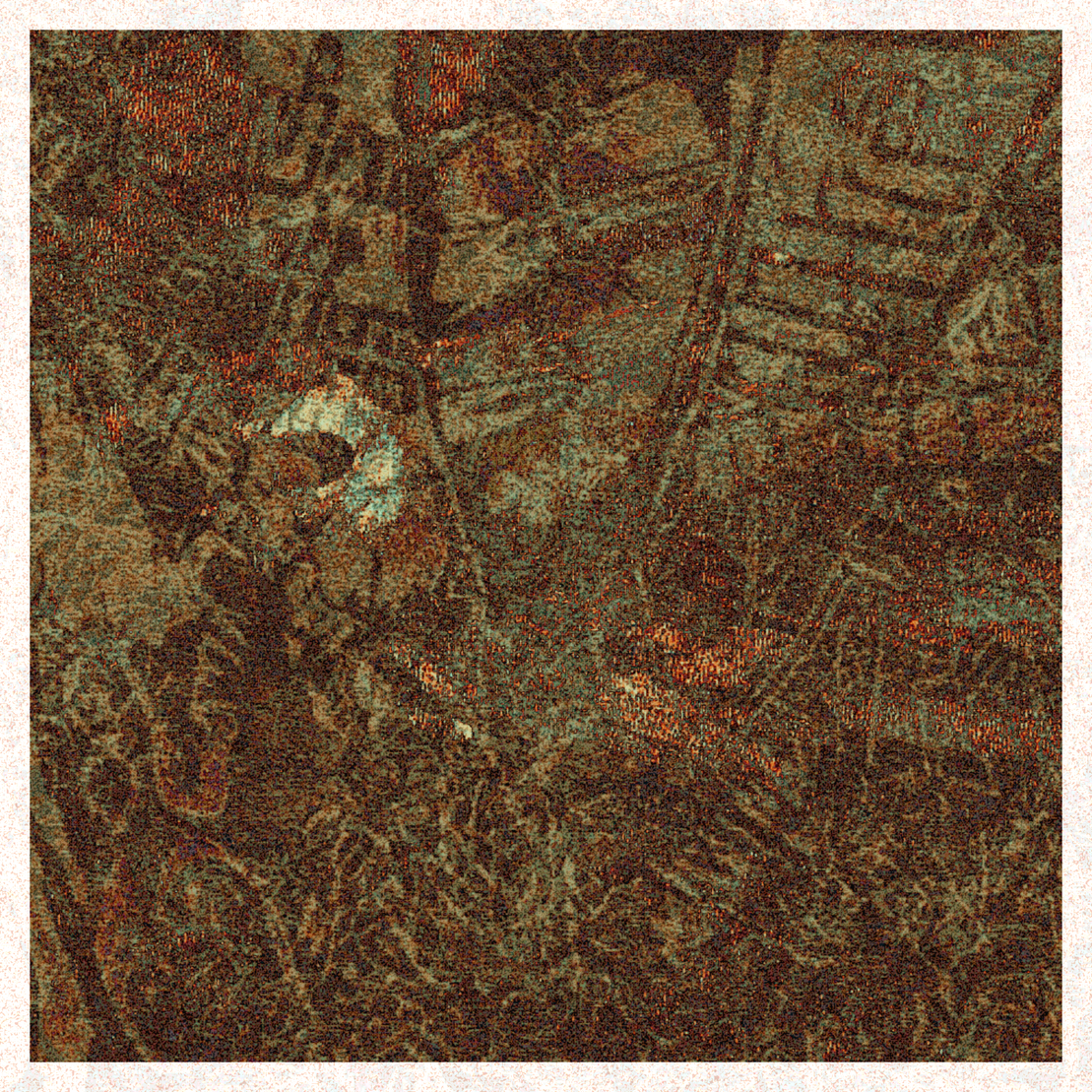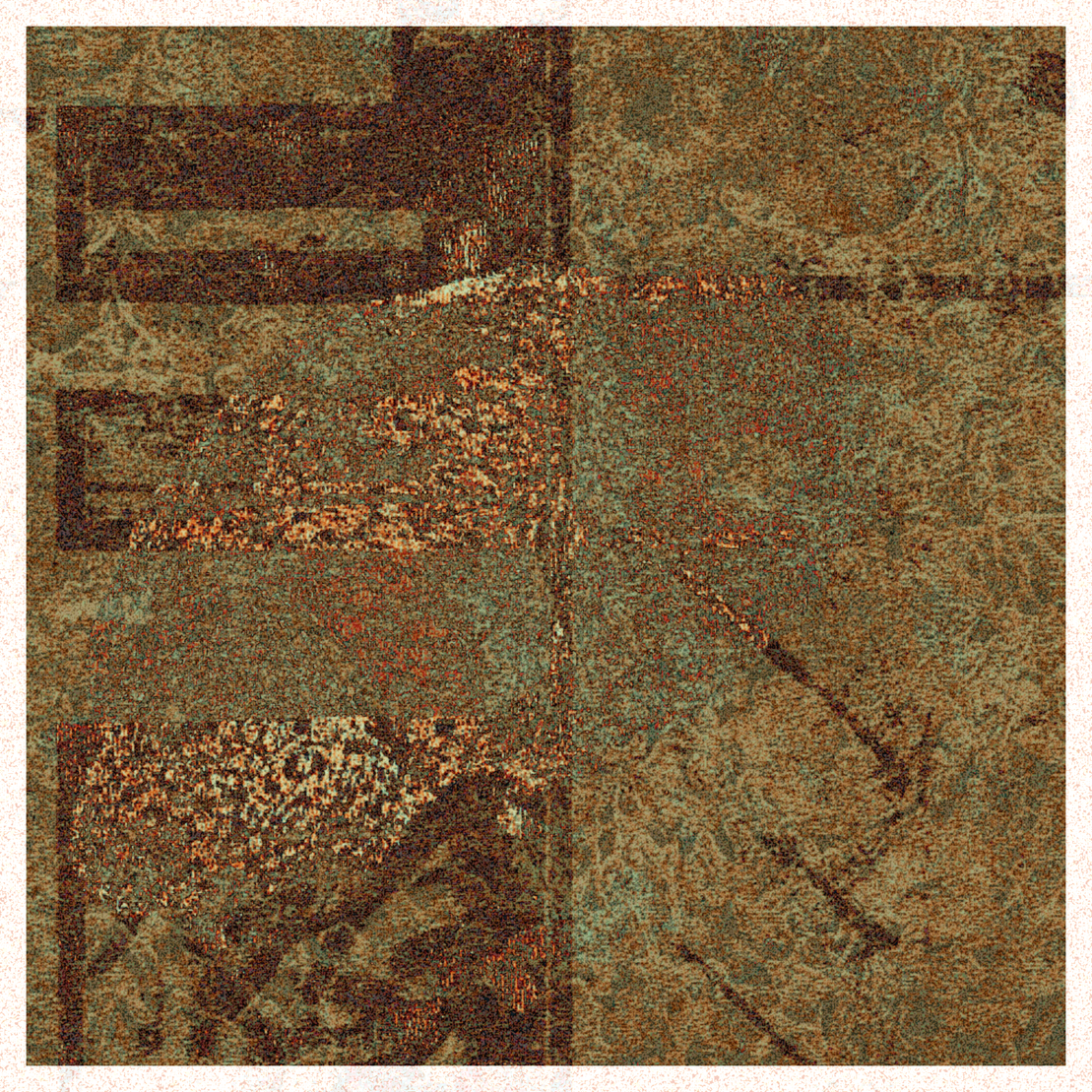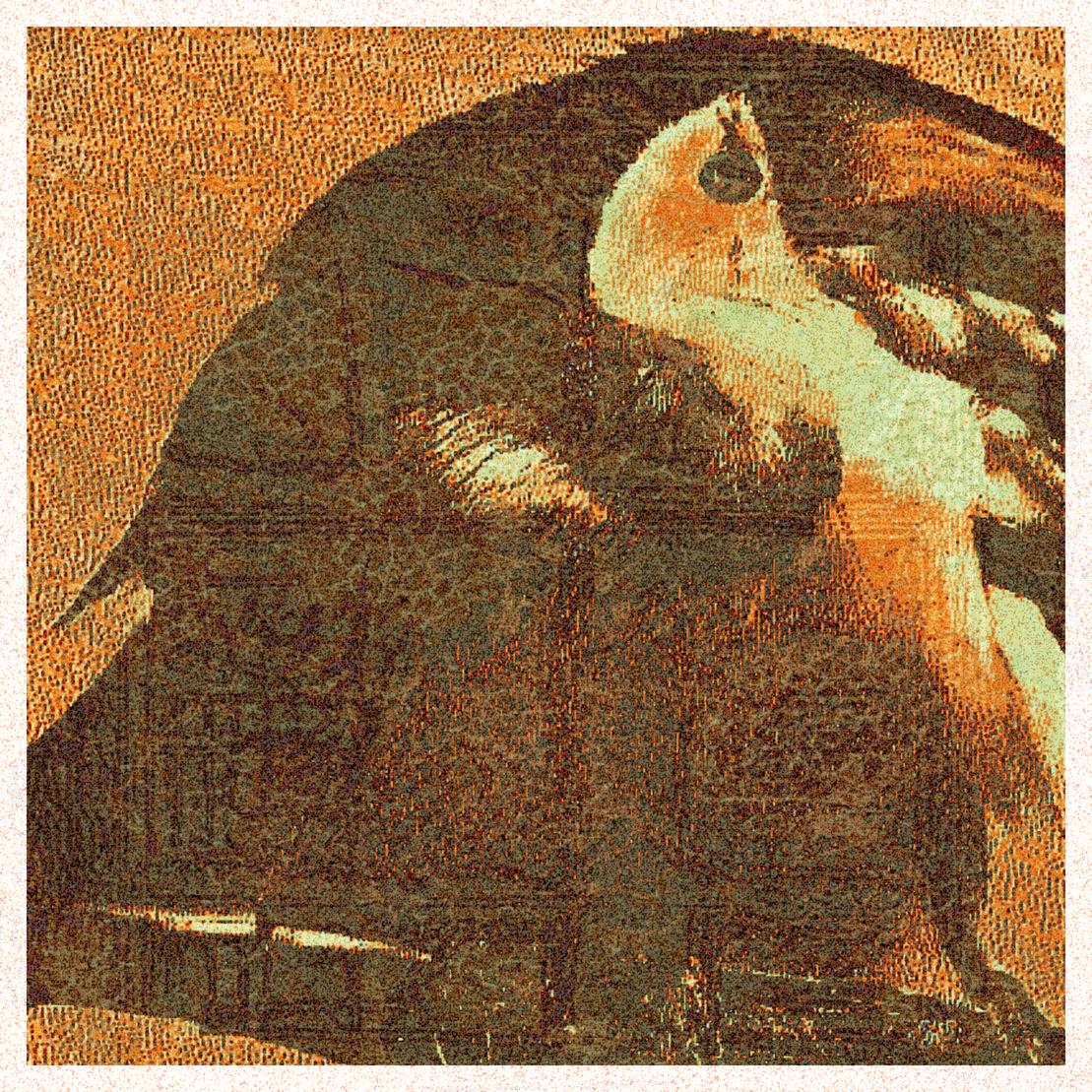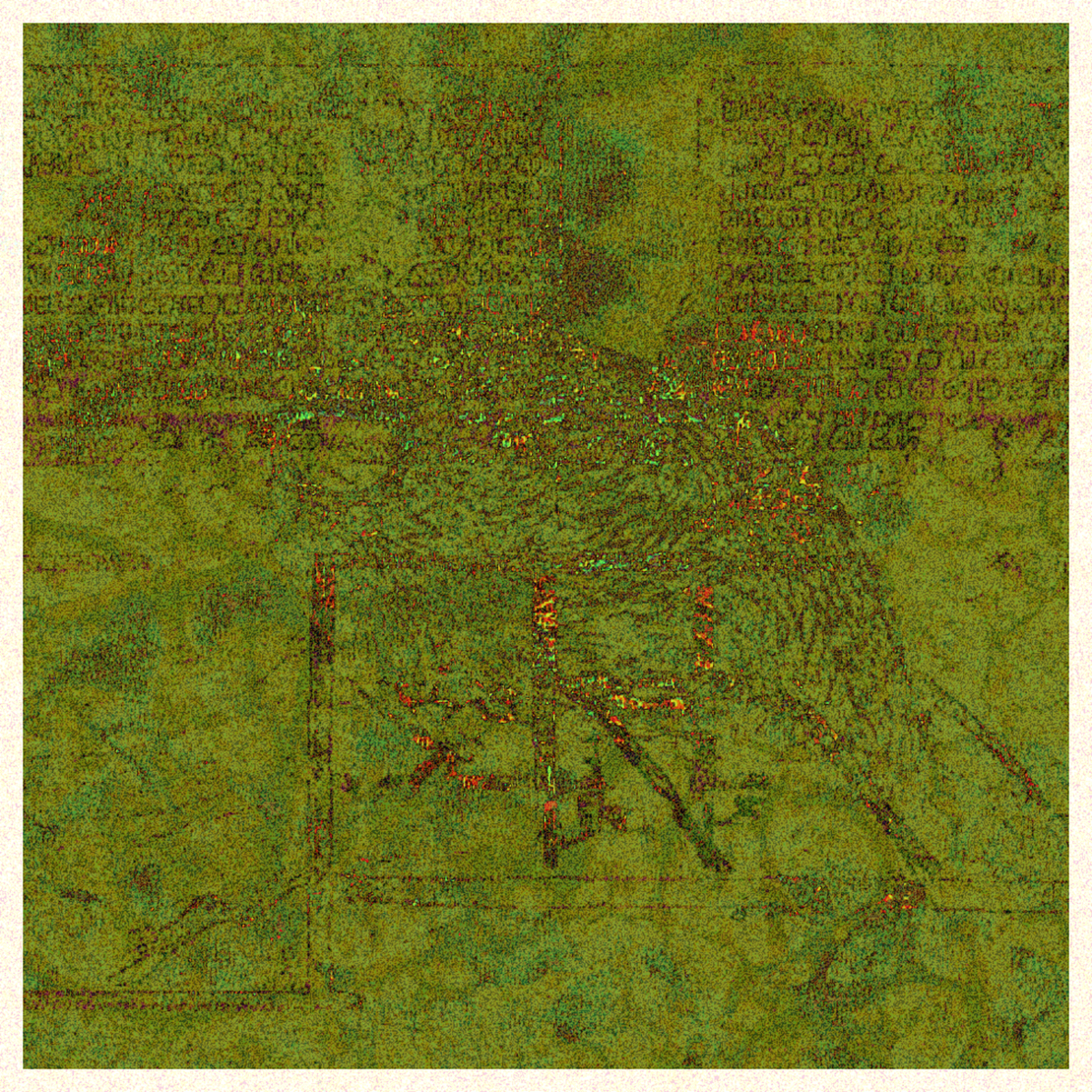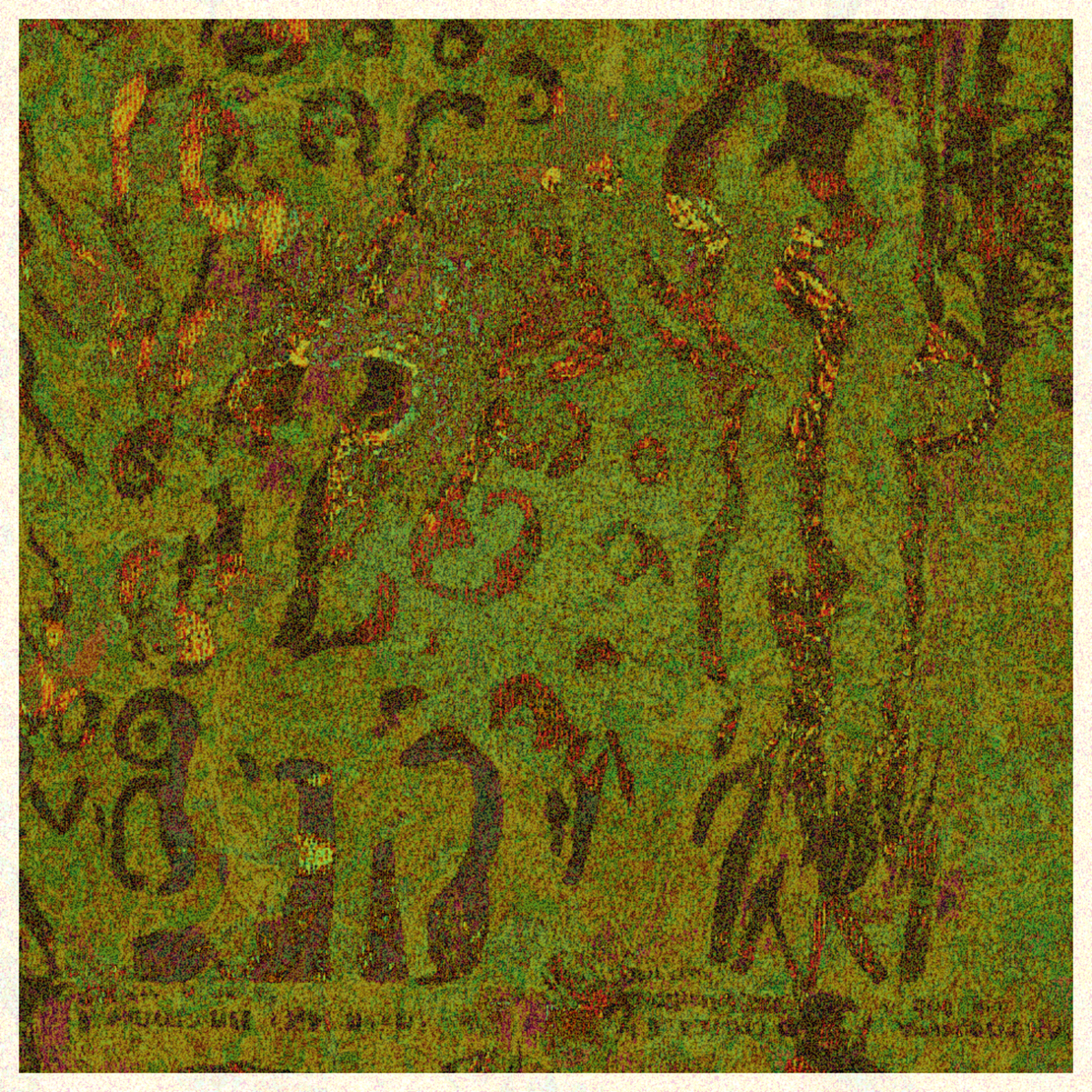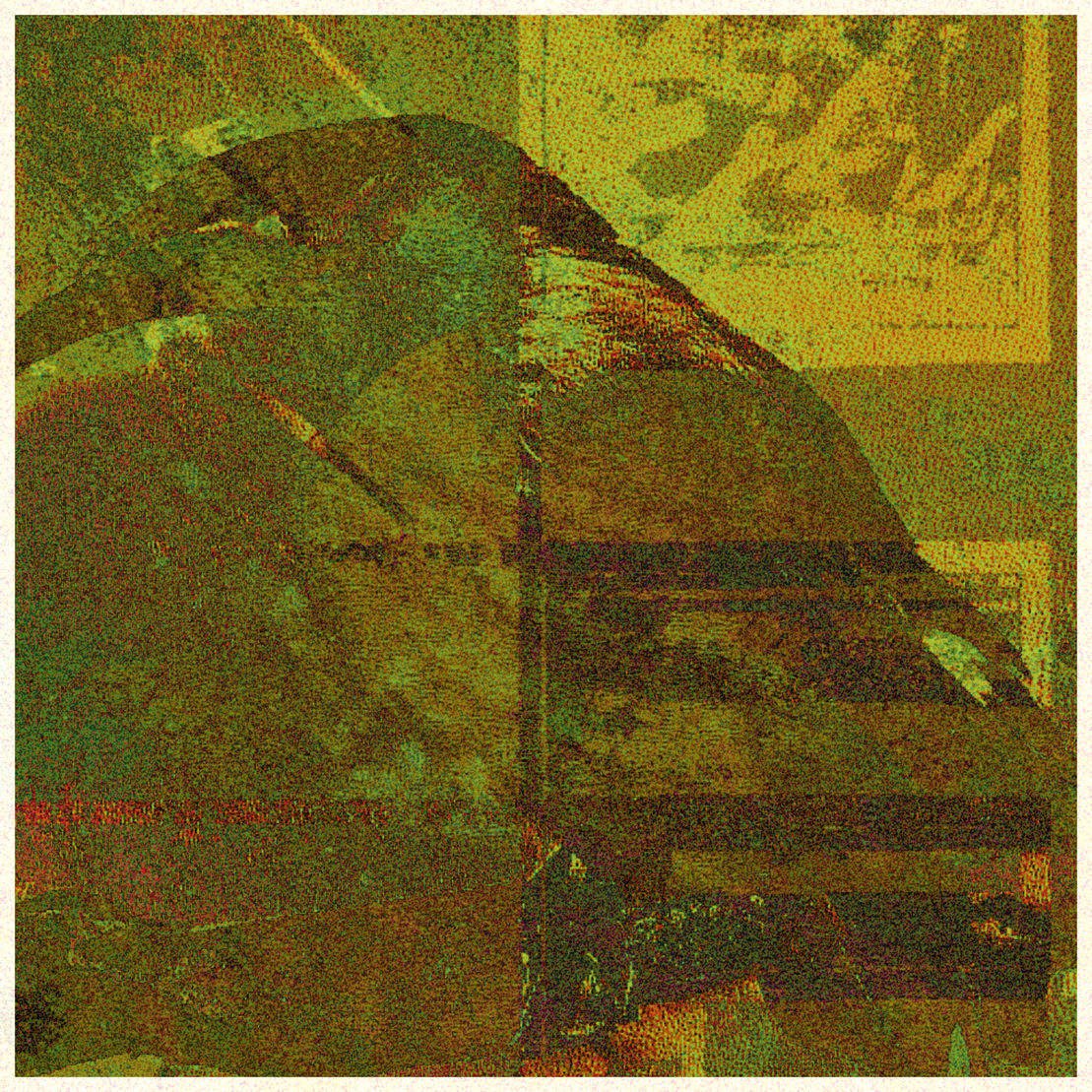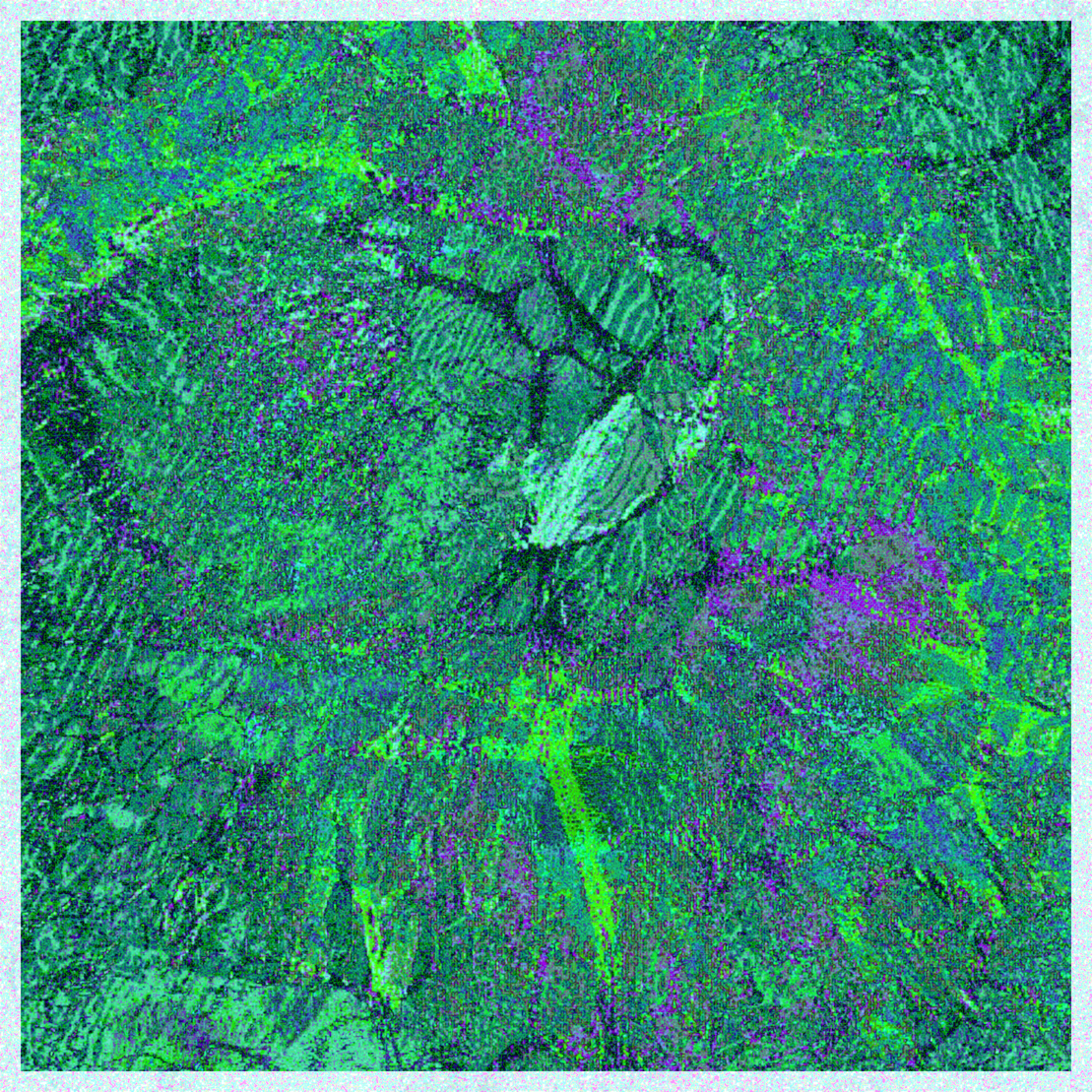TETRACHROMA
IPFS
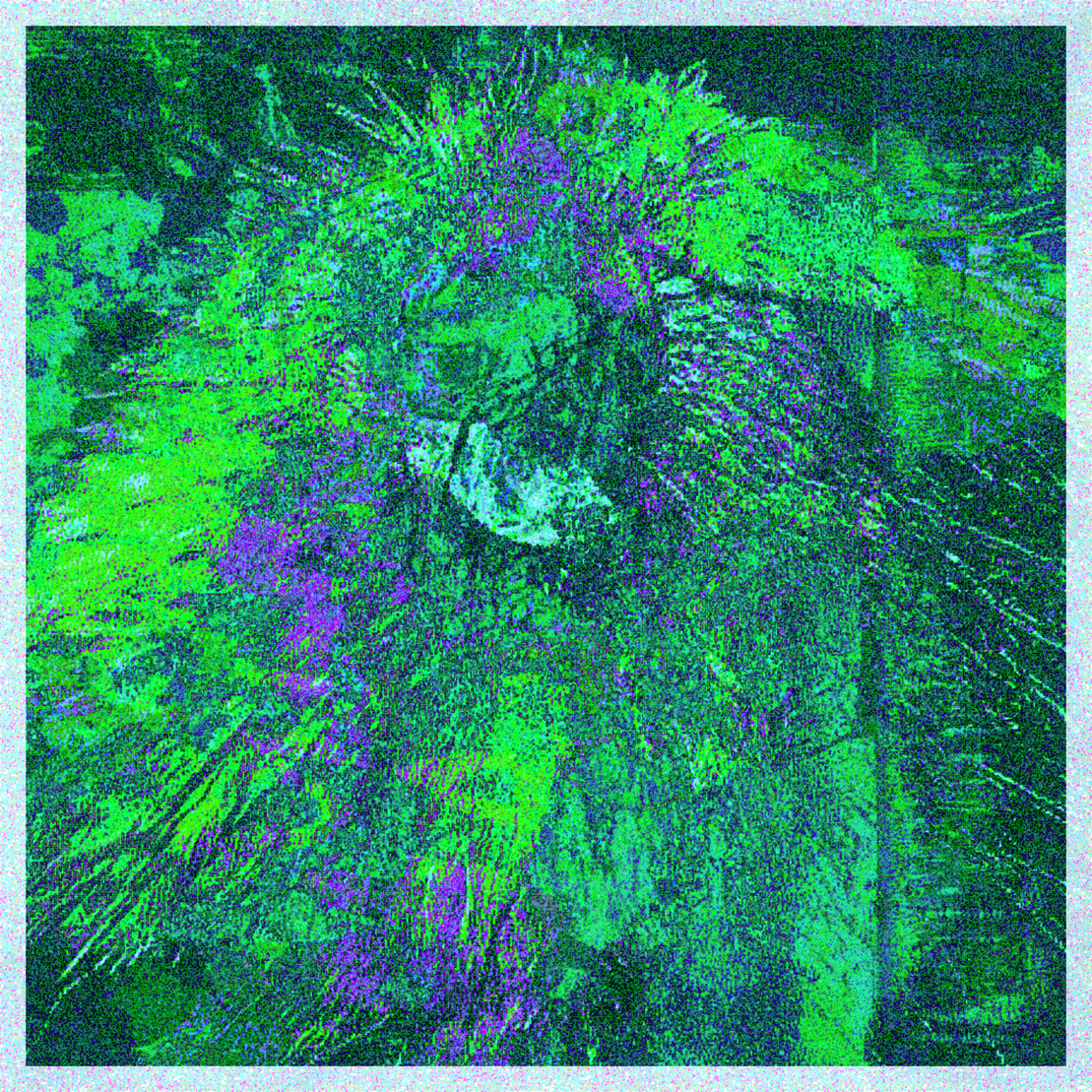
15 October 2022•TEZOS•IPFS
Imagine perceiving colors that have a depth and intensity beyond human comprehension. Birds possess the unique ability of tetrachromatic vision, which enables them to see colors that we cannot perceive. TETRACHROMA is the inaugural collection of Bird Vision, which explores the world through a bird's eyes.
The result is a combination of 3 different types of source images, all generated via GANs. The first layer, "Bio", is a textural layer, that was generated using nature imagery. The second layer, "Glyptik" adds more of a pattern or structure to the composition and was created from a combination of album covers, paintings and illustrations. The third layer "Ortho" is a GAN created imagery of a bird. On top of all of this, is a noise layer "Electromagnetism" which glues everything together.
Each layer is run through a custom dithering algorithm, as well as various blend modes, gradient mapping, transformations and other adjustments. The process was largely inspired by Thomas Noya's work, specifically his process of taking GAN imagery and applying custom dithering algorithms.
Following each image's number in the features are a letter which indicates the type of blend mode that was applied to that image's layer. In the Dither feature, it showcases the type of operation that was used to intentionally create a dithering error, as well as the magnitude of the error.
Click "s" to save the image as a .jpeg file.
The result is a combination of 3 different types of source images, all generated via GANs. The first layer, "Bio", is a textural layer, that was generated using nature imagery. The second layer, "Glyptik" adds more of a pattern or structure to the composition and was created from a combination of album covers, paintings and illustrations. The third layer "Ortho" is a GAN created imagery of a bird. On top of all of this, is a noise layer "Electromagnetism" which glues everything together.
Each layer is run through a custom dithering algorithm, as well as various blend modes, gradient mapping, transformations and other adjustments. The process was largely inspired by Thomas Noya's work, specifically his process of taking GAN imagery and applying custom dithering algorithms.
Following each image's number in the features are a letter which indicates the type of blend mode that was applied to that image's layer. In the Dither feature, it showcases the type of operation that was used to intentionally create a dithering error, as well as the magnitude of the error.
Click "s" to save the image as a .jpeg file.
Founder of birdvision.xyz
Web3 Product Designer and Generative Artist
24 EDITIONS
•0 RESERVES
minted
24 / 24
dutch auction
4 TEZ
Lorem ipsum project longer longer
0.00001 ETH
Lorem ipsum project longer longer
0.00001 ETH
Lorem ipsum project longer longer
0.00001 ETH
Lorem ipsum project longer longer
0.00001 ETH
Lorem ipsum project longer longer
0.00001 ETH
Lorem ipsum project longer longer
0.00001 ETH
Lorem ipsum project longer longer
0.00001 ETH
Lorem ipsum project longer longer
0.00001 ETH
Lorem ipsum project longer longer
0.00001 ETH
Lorem ipsum project longer longer
0.00001 ETH
Lorem ipsum project longer longer
0.00001 ETH
Lorem ipsum project longer longer
0.00001 ETH
Lorem ipsum project longer longer
0.00001 ETH
Lorem ipsum project longer longer
0.00001 ETH
Lorem ipsum project longer longer
0.00001 ETH
Lorem ipsum project longer longer
0.00001 ETH
Lorem ipsum project longer longer
0.00001 ETH
Lorem ipsum project longer longer
0.00001 ETH
Lorem ipsum project longer longer
0.00001 ETH
Lorem ipsum project longer longer
0.00001 ETH
Lorem ipsum project longer longer
0.00001 ETH
Lorem ipsum project longer longer
0.00001 ETH
Lorem ipsum project longer longer
0.00001 ETH
Lorem ipsum project longer longer
0.00001 ETH

